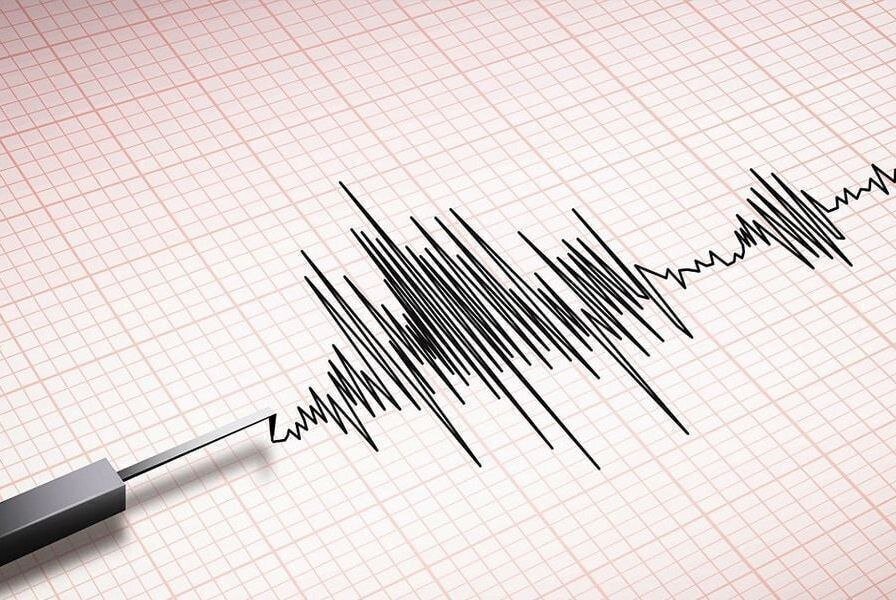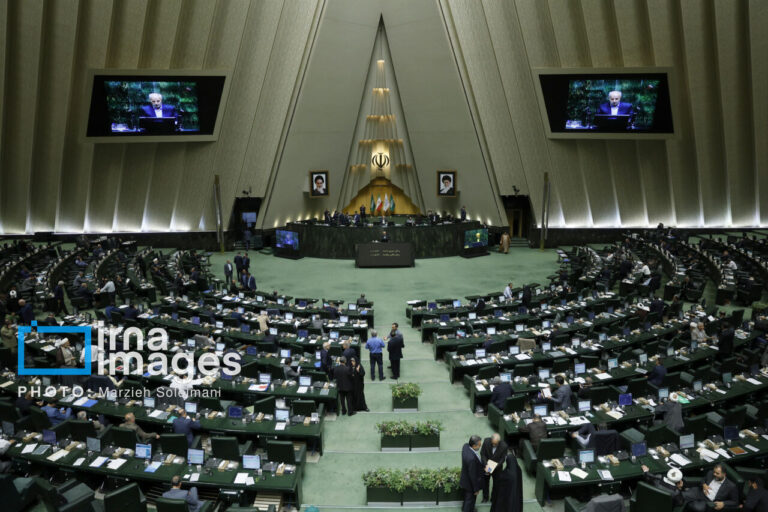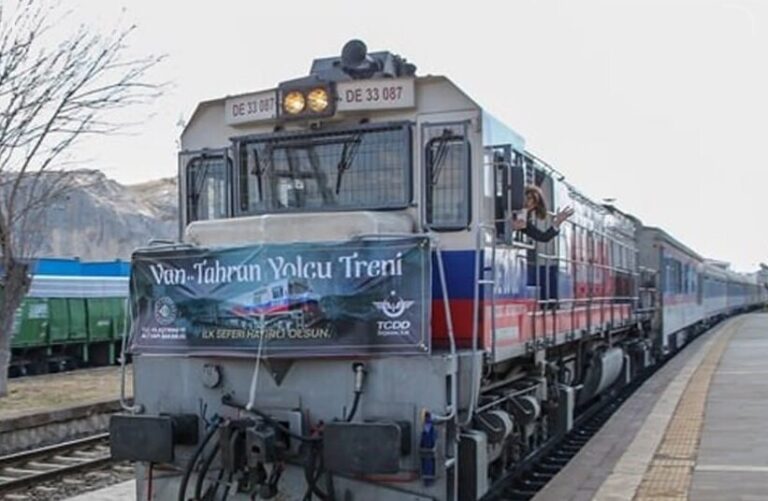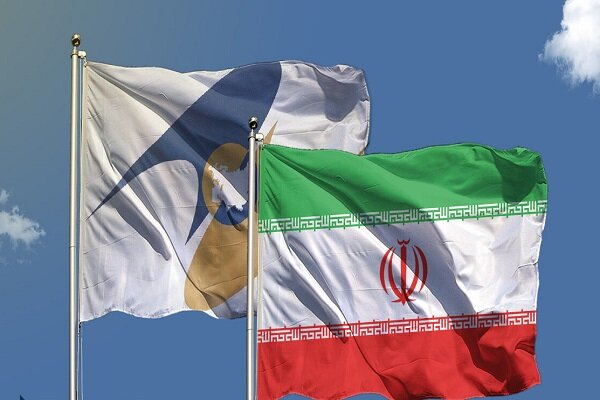Iran Rocked by 135 Earthquakes in Just One Week: A Seismic Surge!
In recent news, a significant number of earthquakes have been recorded in Iran, with a total of 134 earthquakes documented from May 10 to May 16. This surge in seismic activity highlights the importance of monitoring and understanding earthquakes within the region, especially given Iran’s position in a highly active seismic zone.
According to the seismological networks of the Institute of Geophysics at the University of Tehran, the earthquakes have varied in magnitude, with the following breakdown:
- 122 earthquakes with magnitudes less than 3
- 11 earthquakes with magnitudes between 3 and 4
- 1 earthquake with a magnitude between 4 and 5
Among these, the most notable event occurred on May 15 in the Sistan-Baluchestan province, where an earthquake registered a magnitude of 4 on the Richter scale.
In terms of distribution, the province of Kerman experienced the most seismic activity, recording a total of 20 earthquakes. This was closely followed by:
- South Khorasan with 14 earthquakes
- Khorasan Razavi also with 14 earthquakes
During the same time frame, Tehran province experienced three earthquakes. Interestingly, no seismic activity was recorded in the following provinces:
- West Azarbaijan
- East Azarbaijan
- Ardabil
- Zanjan
- Qazvin
- Kordestan
- Kohgiluyeh-Boyerahmad
- Lorestan
The annual data is also quite revealing. Over the past calendar year (from March 2024 to March 2025), a total of 6,272 earthquakes were recorded throughout the country. This data reflects the ongoing seismic challenges faced by Iran, as reported by the Institute of Geophysics of the University of Tehran.
Of these registered earthquakes, 150 had magnitudes greater than 4 on the Richter scale. Remarkably, the country experienced at least five earthquakes with a magnitude exceeding 4.5 every month. This consistent activity underscores the necessity for preparedness and response strategies to manage earthquake risks.
It’s crucial to note that the Iranian plateau is situated in a highly seismically active region of the world. This area is not only notorious for its major catastrophic earthquakes but also for the numerous natural hazards associated with seismic activity. In fact, approximately 2 percent of the world’s earthquakes occur in Iran, but the country has accounted for more than 6 percent of the global deaths resulting from earthquakes during the 20th century. This stark contrast illustrates the devastating impact seismic events can have on the population.
The Iranian government and various organizations continue to work on improving earthquake preparedness and response systems to mitigate the effects of such natural disasters. Initiatives include enhancing building codes, increasing public awareness about earthquake safety, and investing in research to better understand seismic patterns and risks.
As we move forward, it remains imperative for both residents and authorities to stay informed about seismic activity and to participate in preparedness measures. The unpredictability of earthquakes makes it essential for communities to be equipped with knowledge and resources to respond effectively in the event of an earthquake.
Overall, the recent earthquakes serve as a crucial reminder of the natural hazards that Iran faces. Continuous monitoring and research are essential in safeguarding lives and minimizing damage during seismic events.






